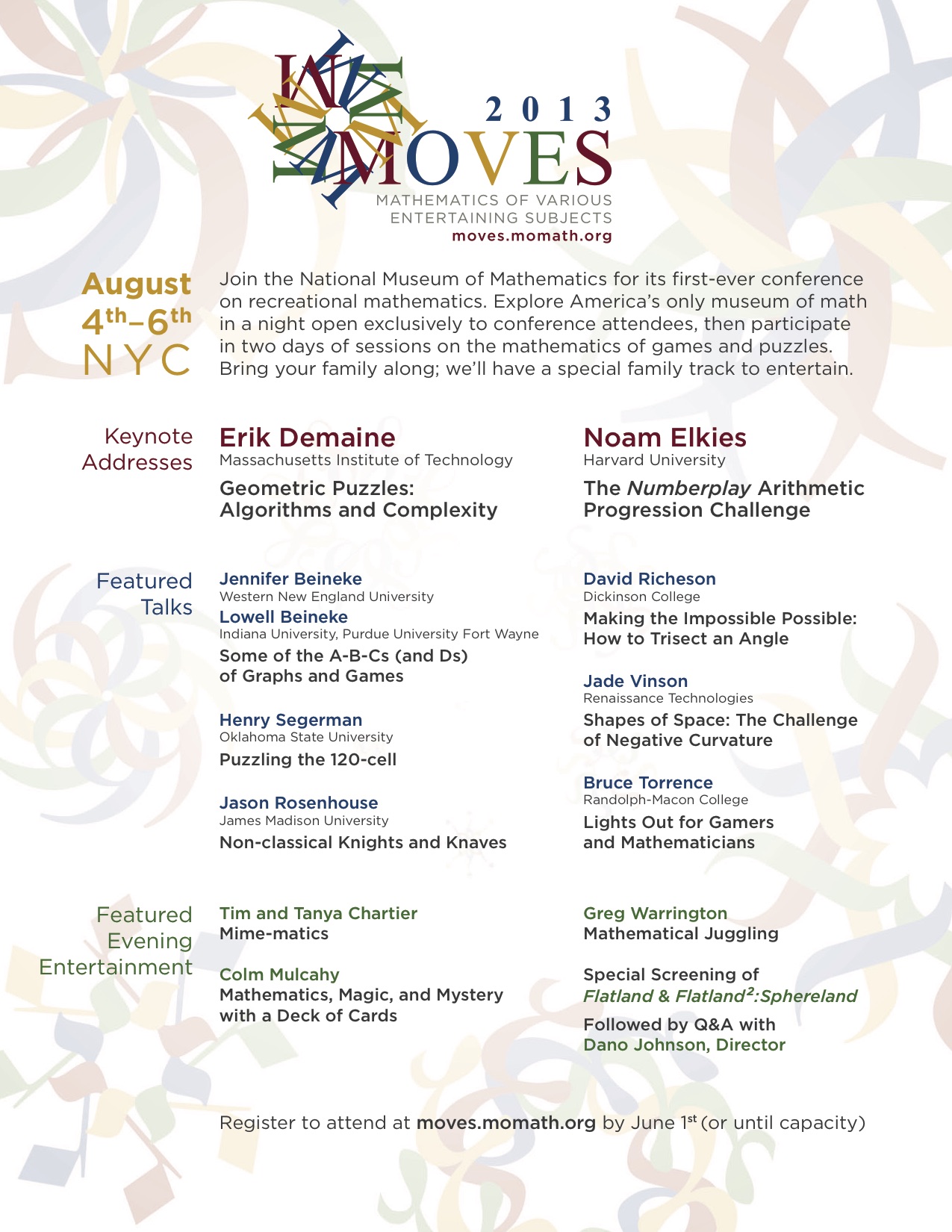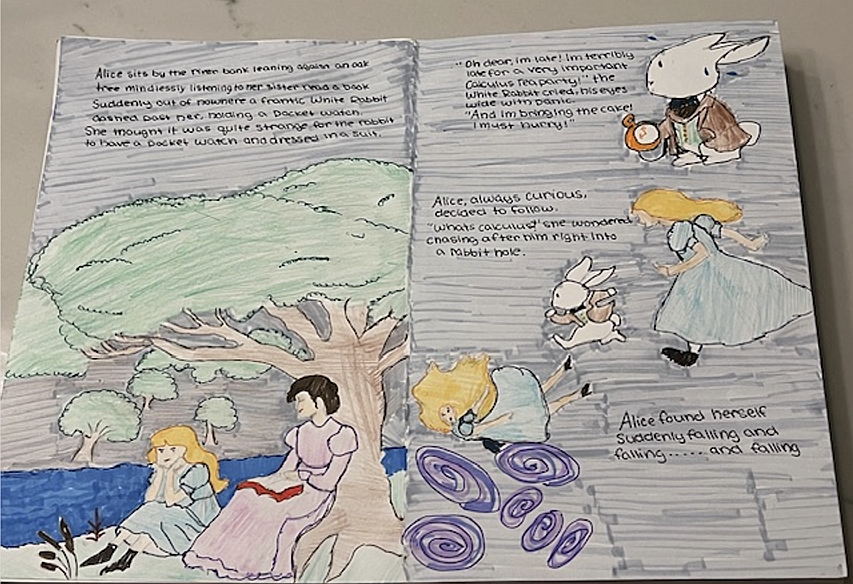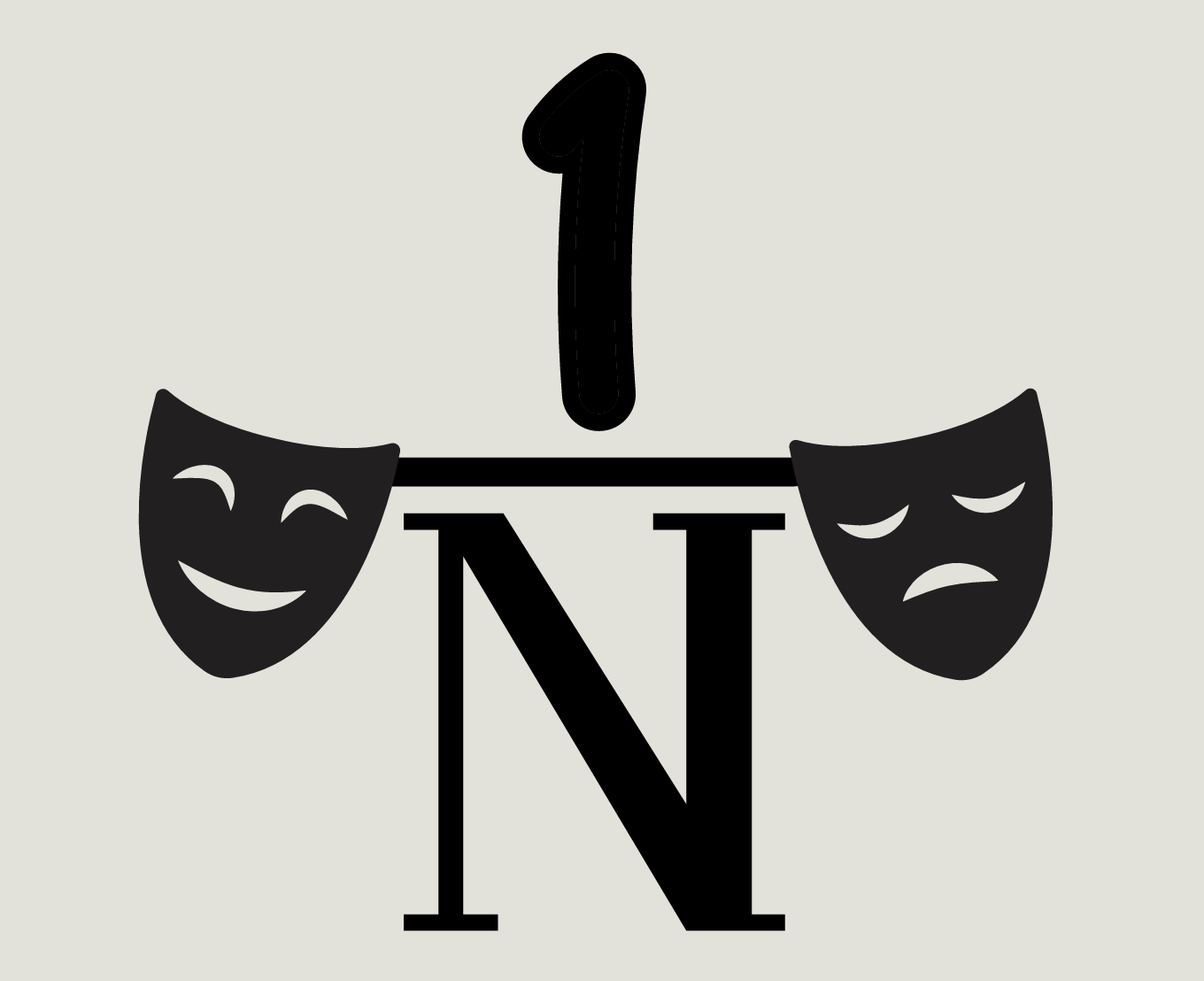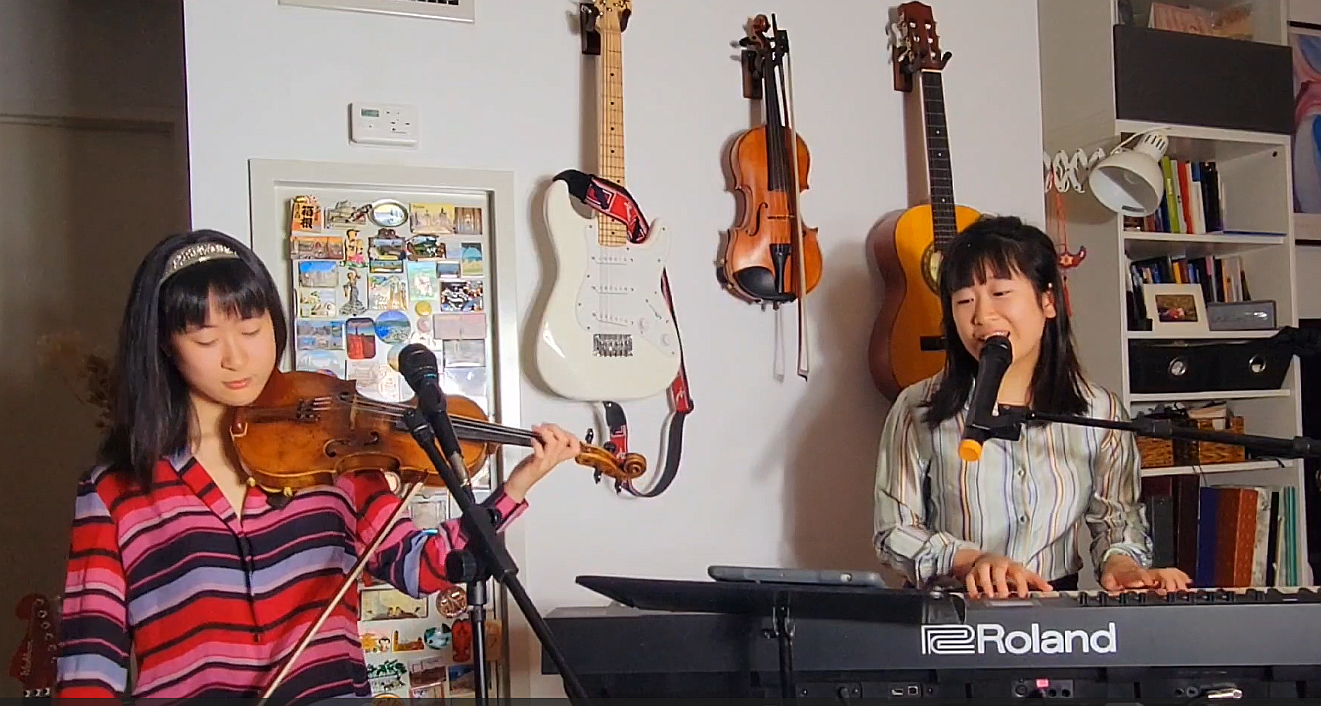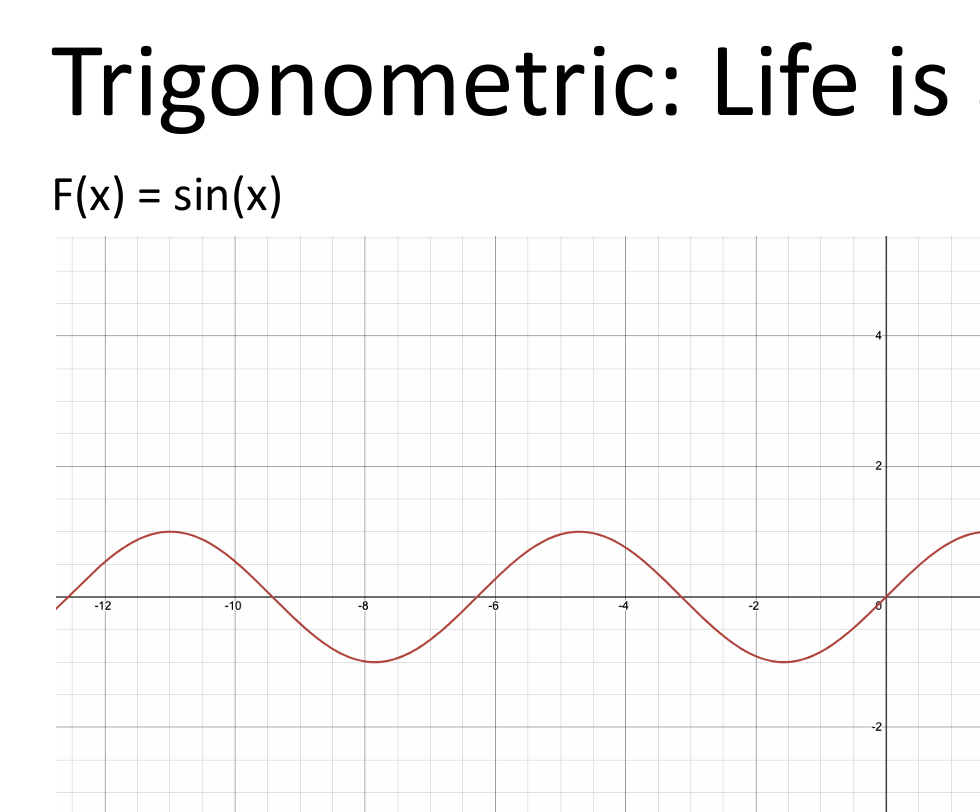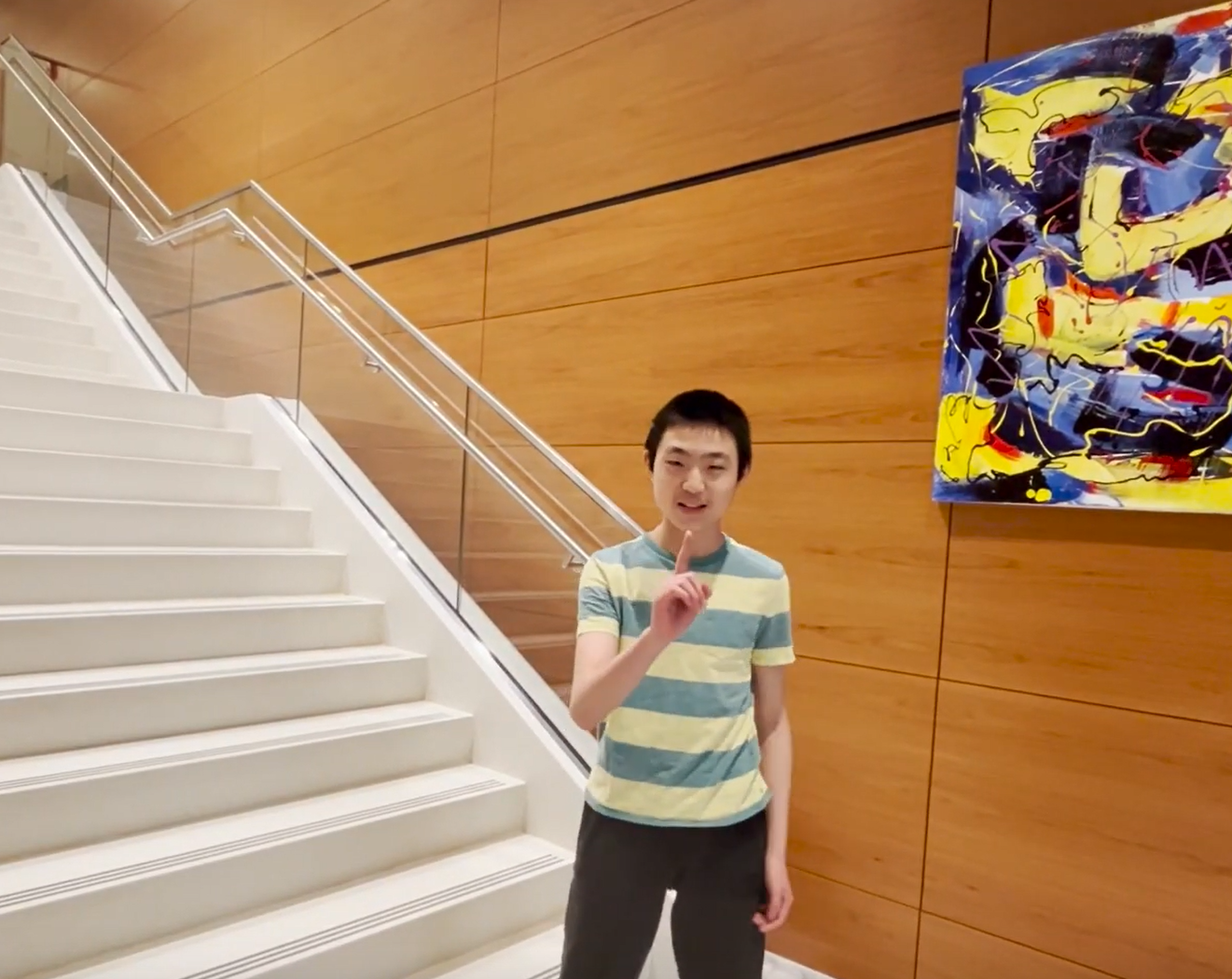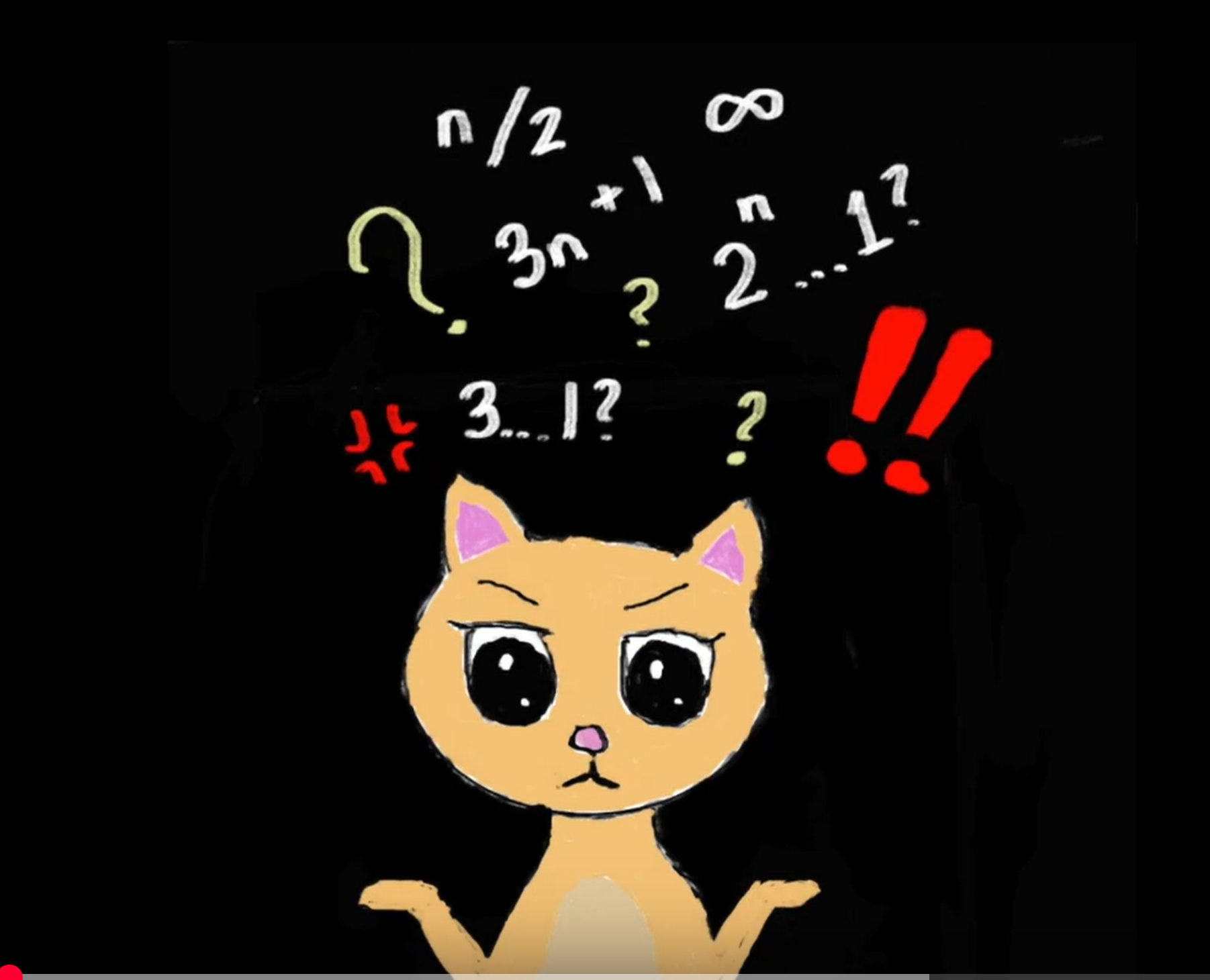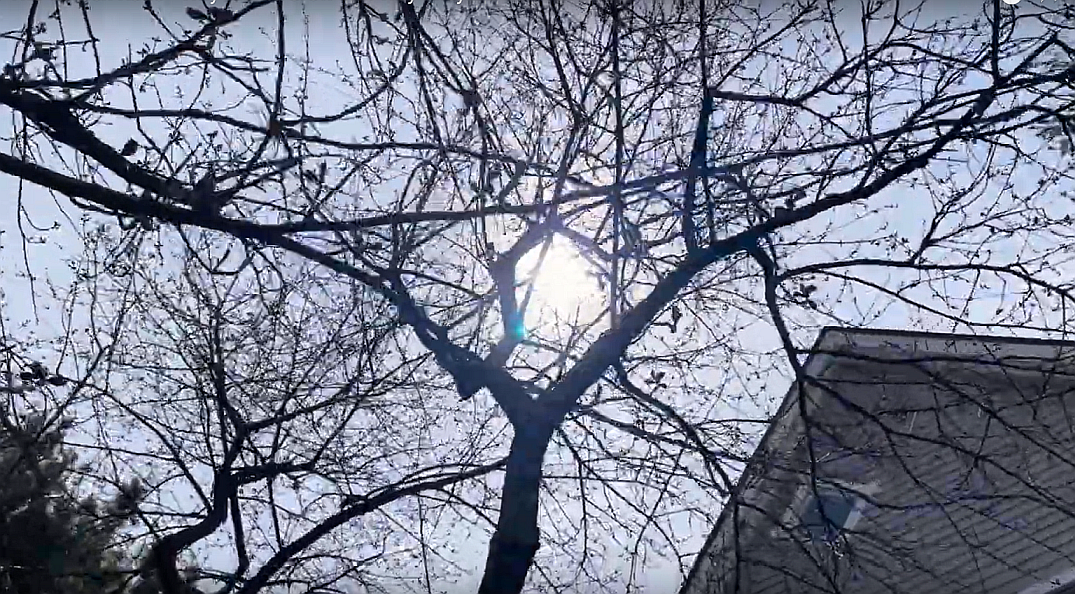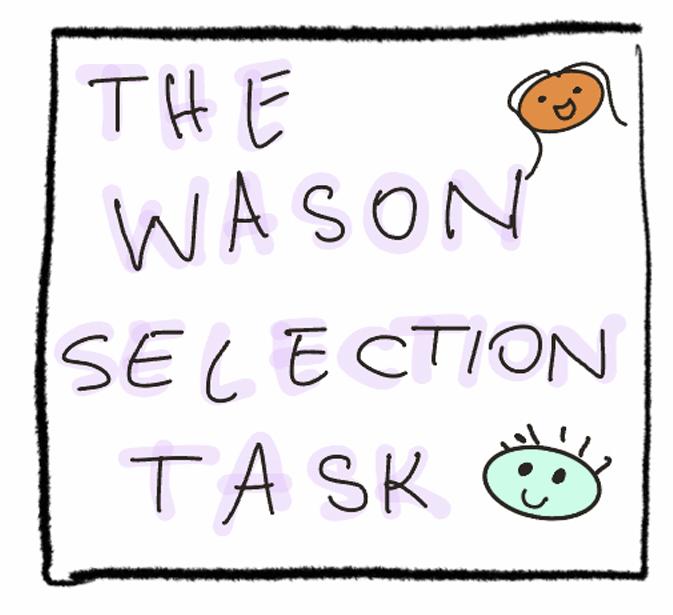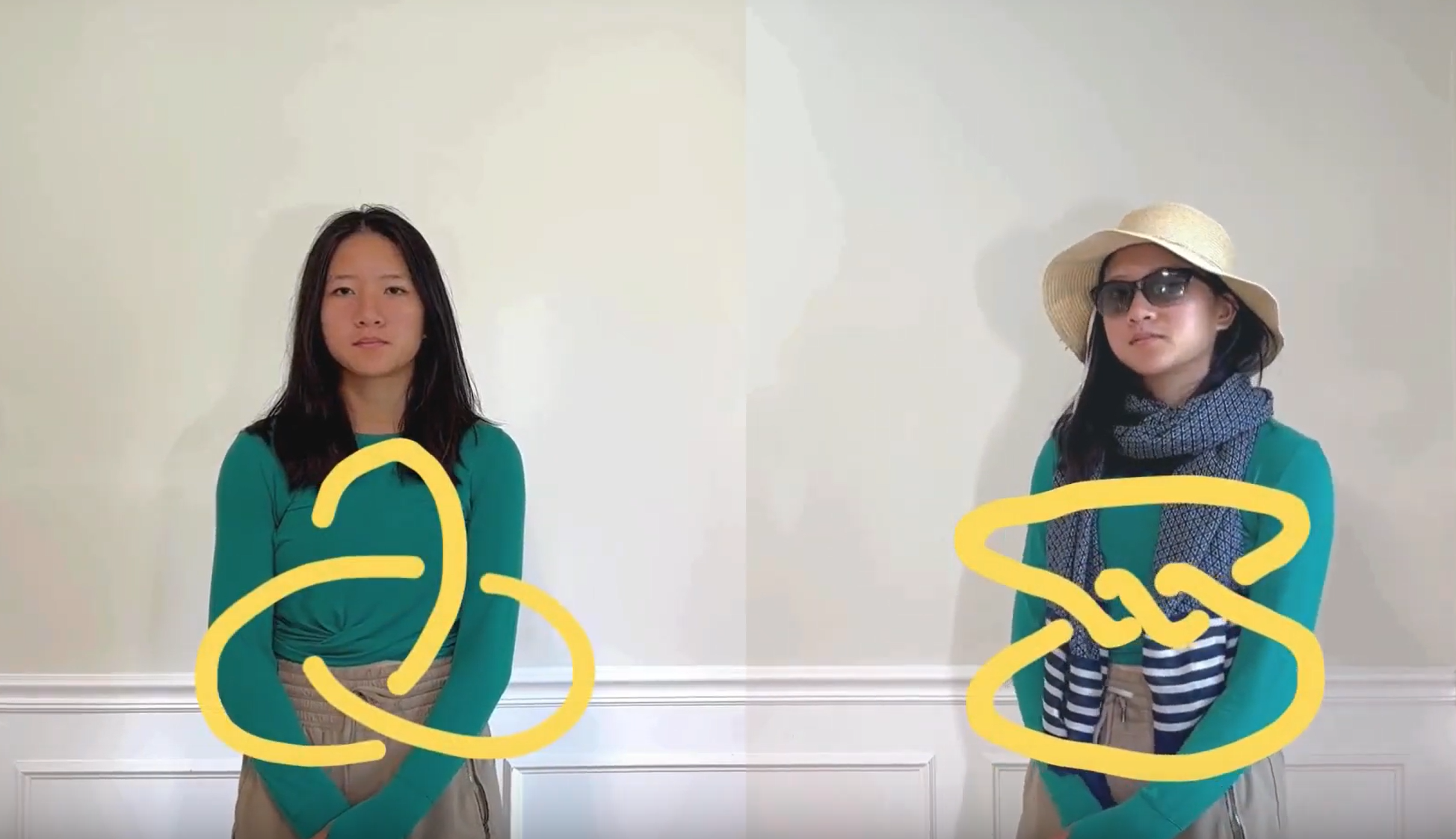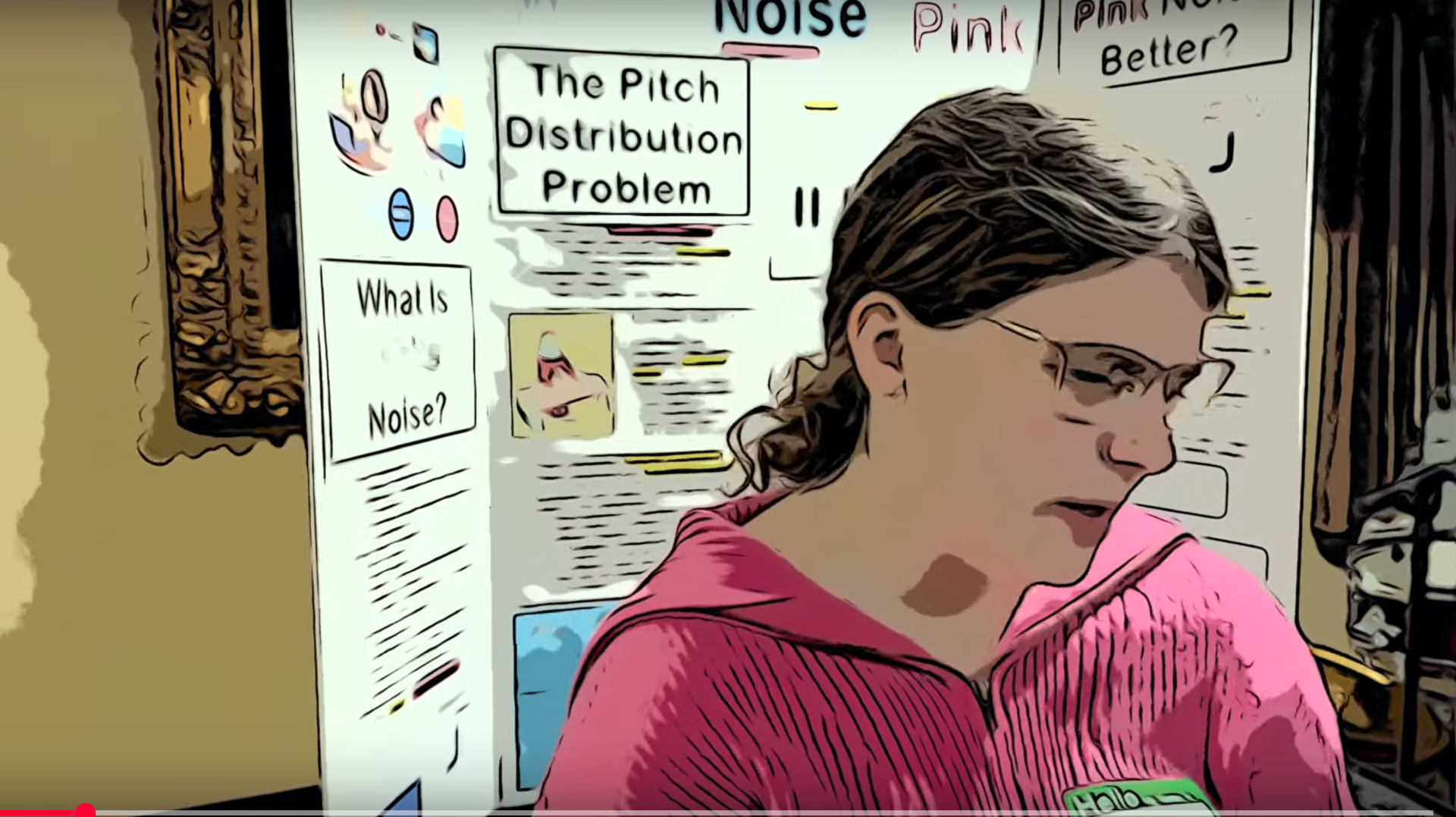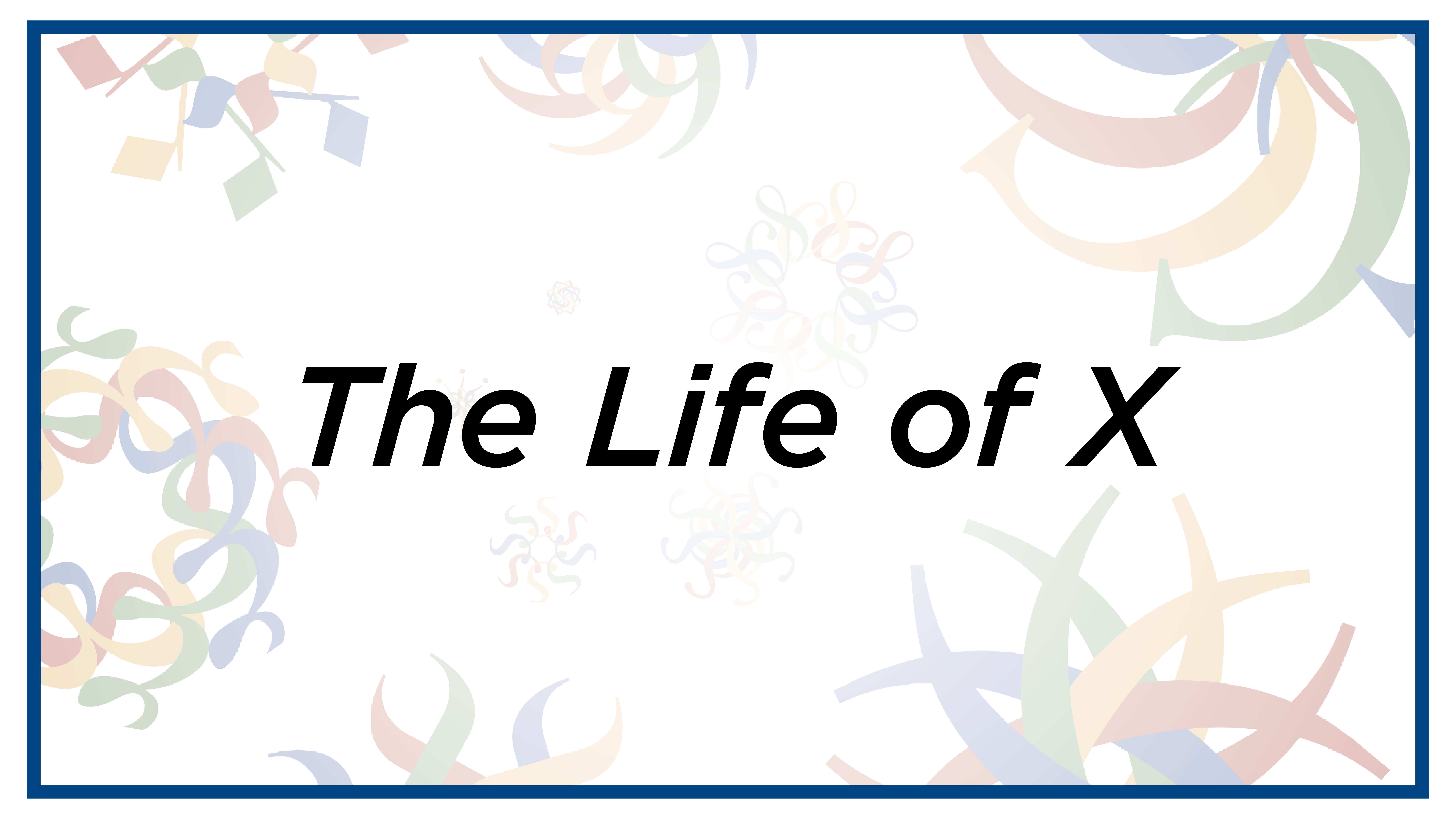2013 MOVES Conference
The National Museum of Mathematics held its first-ever conference, on recreational mathematics, from 2013 August 4 through 6. MOVES 2013 attracted over 233 attendees from 30 different states and five different countries. Conference highlights included a night at America’s only museum of math, open exclusively for conference attendees; two days of sessions on the mathematics of games, puzzles, and sports; and a special track of guided mathematical activities that made the conference engaging and welcoming to the entire family.
Download the MOVES announcement flyer
View the official conference program
View the presentation abstracts
Test your puzzle-solving skills with the MOVES 2013 pentomino puzzle!
Keynote Addresses By
- Erik Demaine, Massachusetts Institute of Technology: Geometric puzzles: Algorithms and complexity
- Noam Elkies, Harvard University: The Numberplay arithmetic progression challenge
Featured Talks By
- Jennifer Beineke, Western New England University and Lowell Beineke, Indiana University, Purdue University Fort Wayne: Some of the A-B-Cs (and Ds) of graphs and games
- David Richeson, Dickinson College: Making the impossible possible: how to trisect an angle
- Jason Rosenhouse, James Madison University: Non-classical knights and knaves
- Henry Segerman, Oklahoma State University: Puzzling the 120-cell
- Bruce Torrence, Randolph-Macon College: Lights Out for gamers and mathematicians
- Jade Vinson, Renaissance Technologies: Shapes of space: The challenge of negative curvature
Featured Evening Entertainment:
- Tim and Tanya Chartier: Mime-matics
- Colm Mulcahy: Mathematics, magic, and mystery with a deck of cards
- Greg Warrington: Mathematical juggling
- Dano Johnson (Director): Flatland and Sphereland film doubleheader
Research Talks By
- Stephen Abbot, Middlebury College: Take a walk on the Boardwalk
- Max Alekseyev, University of South Carolina: Solving the Tower of Hanoi with random moves
- Eliabeth Arnold, James Madison University: k-Potent Groebner basis computations for Sudoku
- Leigh Braswell, Phillips Exeter Academy: The Cookie Monster Problem
- Tricia Brown, Armstrong Atlantic State University: Nonattacking arrangements of n queens with initial placements
- Maureen Carroll, University of Scranton: Tic-tac-toe on an affine plane
- Doug Chatham, Morehead State University: The N-k queens problem
- Donna Deitz, American University: Spot it! Solitaire
- Suzanne Doree, Augsburg College: The graphs of Hanoi: visualizing solutions to the Tower of Hanoi puzzle
- Robert Fathauer, Tessellations: Elliptical and hyperbolic fractal tilings
- Julian Fleron, Westfield State University: Radon-Kaczmarz puzzles: CAT scans meet Sudoku
- Darren Glass, Gettysburg College: Chip firing puzzles on graphs
- Susan Goldstine, St. Mary’s College of Maryland: Tessellations on bead crochet bracelets
- Robert Grober, Yale University, Stephen DellaPietra, Renaissance Technologies, and Vincent Della Pietra, Renaissance Technologies: Universal trajectory of a ball rolling on a tilted, planar surface
- John Harris, Furman University: Bobo’s favorite card trick
- Brian Hopkins, Saint Peter’s University: Henryk Eriksson’s variation on Bulgarian solitaire
- Jeff Johannes, SUNY Geneseo: Game: Set, and math
- Brant Jones, James Madison University: Solitaire Mancala games and the Chinese Remainder Theorem
- Tanya Khovanova, Massachusetts Institute of Technology: Modern coin weighing puzzles
- Klay Kruczek, Southern Connecticut State University: Using fractional matchings to pairing strategy draws in N^d Tic-Tac-Toe
- Dominic Lanphier, Western Kentucky University: Duels, truels, gruels, and survival of the unfittest
- Anany Levitin, Villianova University: One-move puzzles with mathematical content
- Eliana Lorch, Museum of Mathematics: The Kaprekar routine: an exploration of patterns
- John Lorch, Ball State University: Super-orthogonal Sudoku
- Stephen Lucas, James Madison University: Representing numbers using Fibonacci variants
- Elizabeth McMahon, Lafayette College: Error detection in the card game SET
- John McSweeny, Rose-Hulman Institute of Technology: Graph theory-based analysis of crossword puzzle difficulty
- David Molnar, Felician College: Connection games and Sperner’s Lemma
- Colm Mulcahy, Spelman College: What’s the deal? Mathematics inspired by dealing cards into a pile
- David Nacin, William Paterson University: On a complex valued Sudoku
- Kenneth Price, University of Wisconsin Oshkosh: Arrowgrams over finite groups
- Paul Salomon, Saint Ann’s School: Problems of imbalance
- Derek Smith, Lafayette College: Solving generalizations of the Slothouber-Graatsma puzzle
- Ron Taylor, Berry College: Sequential mathematical games based on additive and subtactive color mixing arithmetic
- Robert Vallin, Slippery Rock University: From the Gilbreath Principle to new types of numbers
- Sam Vandervelde, St. Lawrence University: The world’s hardest elementary domino tiling problems
- Peter Winkler, Dartmouth College: Should you be happy?
- Carolyn Yackel, Mercer University: Symmetry group of the tetraflexagon
Family Track Activities By
- Skona Brittain, SB Family School: The Most MatheMagical number
- Ethan Brown, Phillips Academy Andover: The dynamic world of mathematics
- Michael Dorff, Brigham Young University: Shortest paths, soap films, and mathematics
- Patrick Honner, Brooklyn Technical High School: Sphere dressing
- Jeff Johannes, SUNY Geneseo: Kaleidoscopic mathematics
- Tanya Khovanova, MIT: SET game theory
- Ron Lancaster, University of Toronto: Survivor: A card puzzle and a magic trick
- Kevin Lee, Normandale Community College: TesselManiac and the Flipping Tile Game
- David Molnar, Felician College: Connection games
- Saba Nafees and Udaya Jayatilake, Texas Tech University: Making Polyhedra: A Hands-on Experience
- Robin Schwartz, College of Mount Saint Vincent: Move over Sudoku, your fun cousin Kakuro is sum puzzle!!
- Derek Smith, Lafayette College: The Fitch Cheney Five Card Trick
- Ted Theodosopoulos, Saint Ann’s School: Math Circle on Chaotic Dynamics
- Eve Torrence, Randolph-Macon College: A workshop on stellation based sculpture
- Ted Welsh, Westfield State University: Graph Theory on LEGO grids
- Brandy Wiegers, National Association of Math Circles: Criss-Cross, Exploring the Euler characteristic
- Debbie Yuster, SUNY Maritime College: Tower of Hanoi
Location: National Museum of Mathematics, 11 East 26th Street, New York City
Contact Phone: (212) 542-0566
Contact Email: moves@momath.org
